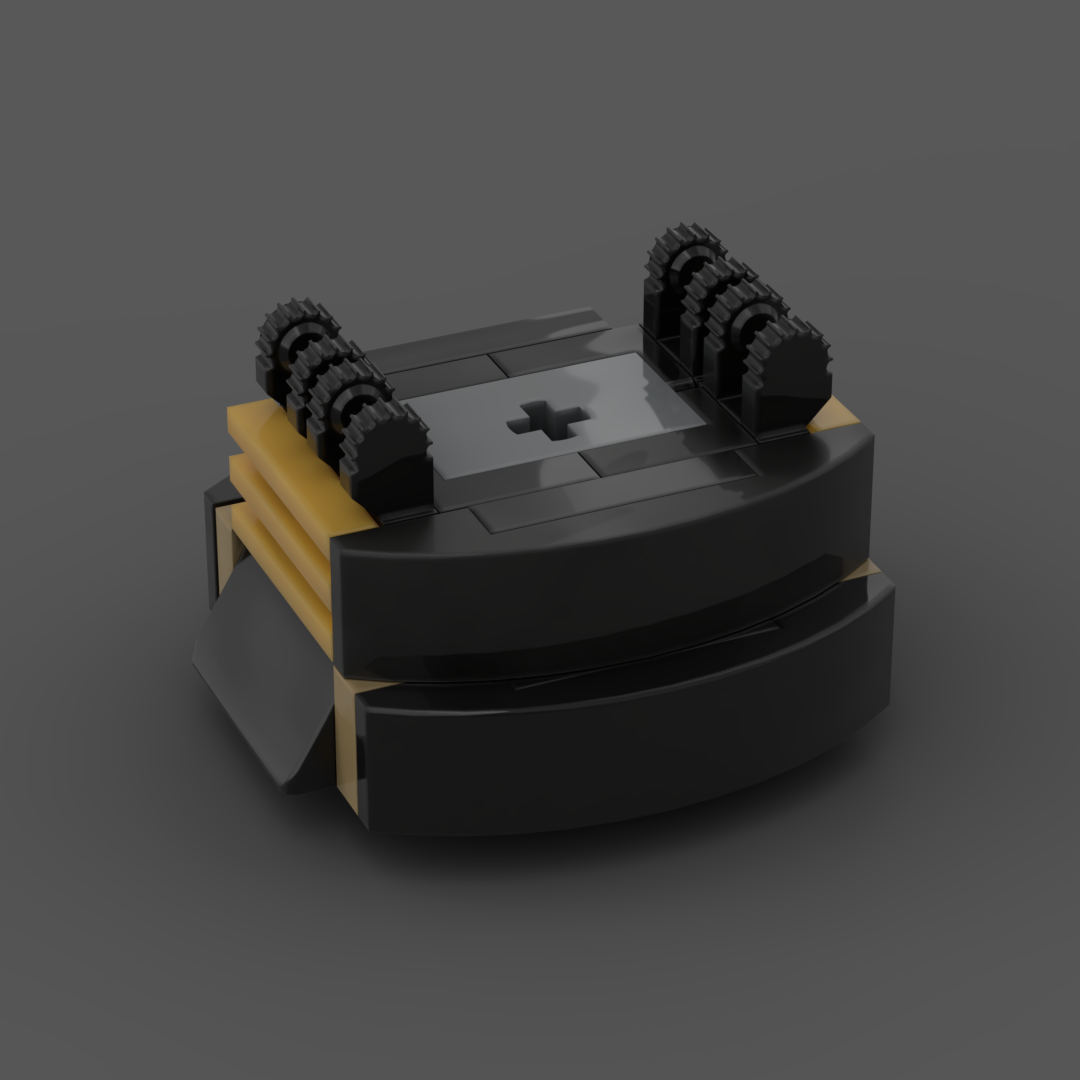
LEGO Designer:
Dan Fallon (phreaddee)
Designed:
January 2020
Categories:
Habitable Modules, Payloads
Launch Vehicle Details
Stages:
Length:
Diameter:
Mass at Launch:
Low Earth Orbit Capacity:
Total Thrust:
Apogee:
Class:
PMA-3 was brought to the ISS by STS-92 in October 2000, mounted on a Spacelab pallet. It was initially attached to the nadir (bottom, or Earth-facing) hatch of Unity. About six weeks later, when STS-97 delivered the P6 solar array truss structure, Endeavour docked at PMA-3. When STS-98 moved PMA-2 from Unity to Destiny via the Z1 truss in February 2001, Atlantis was docked at PMA-3. For the remainder of the shuttle’s operation, PMA-3 was not used for shuttle dockings. PMA-3 was moved in March 2001 to Unity’s port hatch by the crew of STS-102 to make room for the docking of a Multi-Purpose Logistics Module (MPLM).
On August 30, 2007, PMA-3 was returned to the nadir port of Unity to make room for the temporary docking of the new Harmony (Node 2) module that was delivered by STS-120. Harmony was transferred to the forward port of Destiny, while PMA-3 was moved back to the port berthing mechanism of Unity on August 7, 2009, to accommodate reconfiguration of the Unity port bulkhead by crew members in a pressurized environment. On January 25, 2010, PMA-3 was moved from the port berthing mechanism of Unity to the zenith (space-facing) port of Harmony to make room for the new Tranquility (Node 3) module which was added to the station during STS-130. After activation of Tranquility, PMA-3 was moved again on February 16, 2010, to the port location on Tranquility where the Cupola observatory module had been docked for launch.
PMA-3 was robotically removed from Tranquility on March 26, 2017, and attached to Harmony after being prepared during a successful spacewalk on March 24, 2017. A second spacewalk was conducted on March 30, 2017, to finalize the PMA-3 cable connections on Harmony. PMA-3 received International Docking Adapter-3 in August 2019.
Part count: bricks, lots.
| Unit | width | length | height |
|---|---|---|---|
| Studs | |||
| Inches | |||
| Centimetres |
No external URL provided.
Launch History information from space.skyrocket.de
Launch History information from space.skyrocket.de
Related Posts
None found

